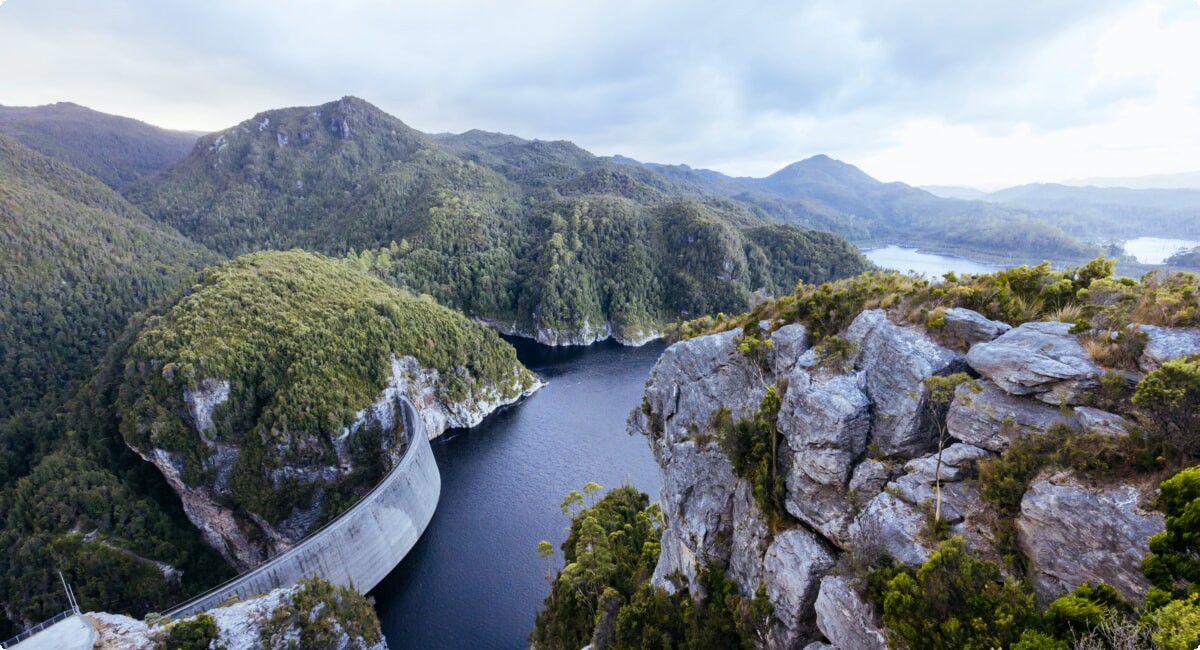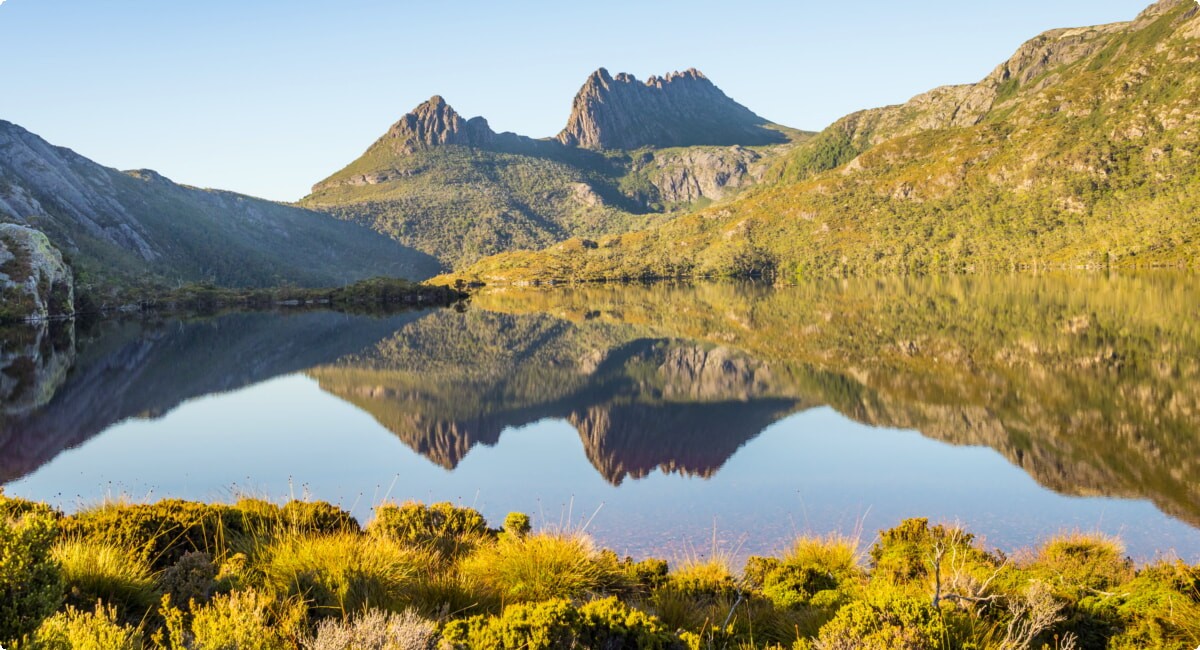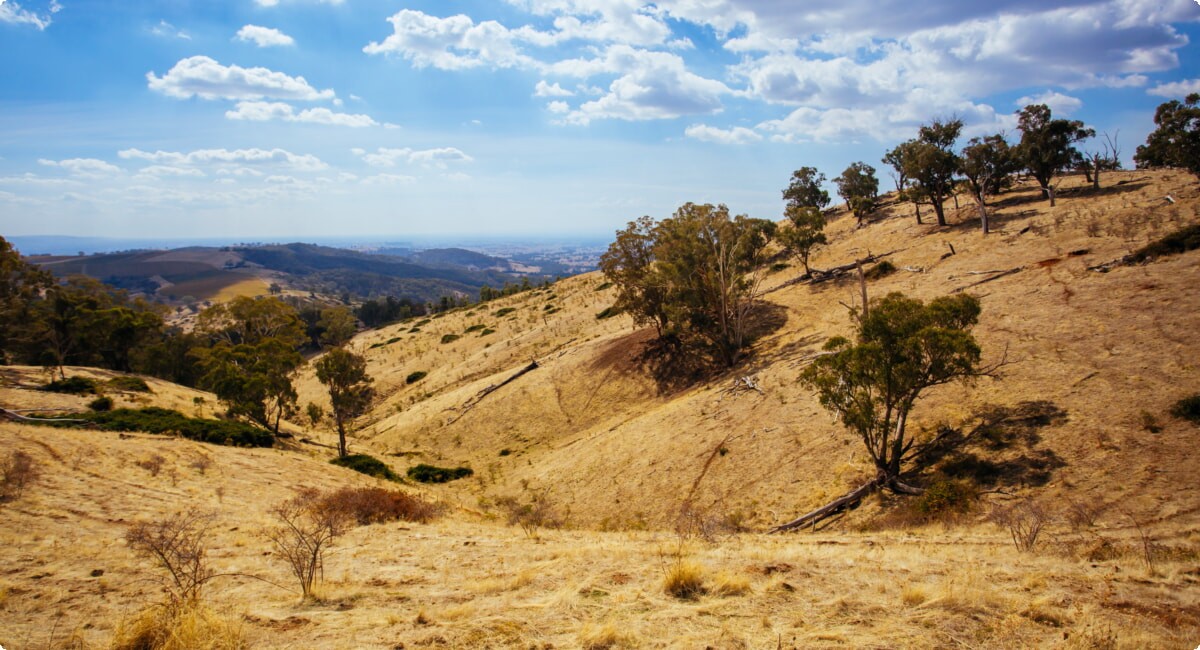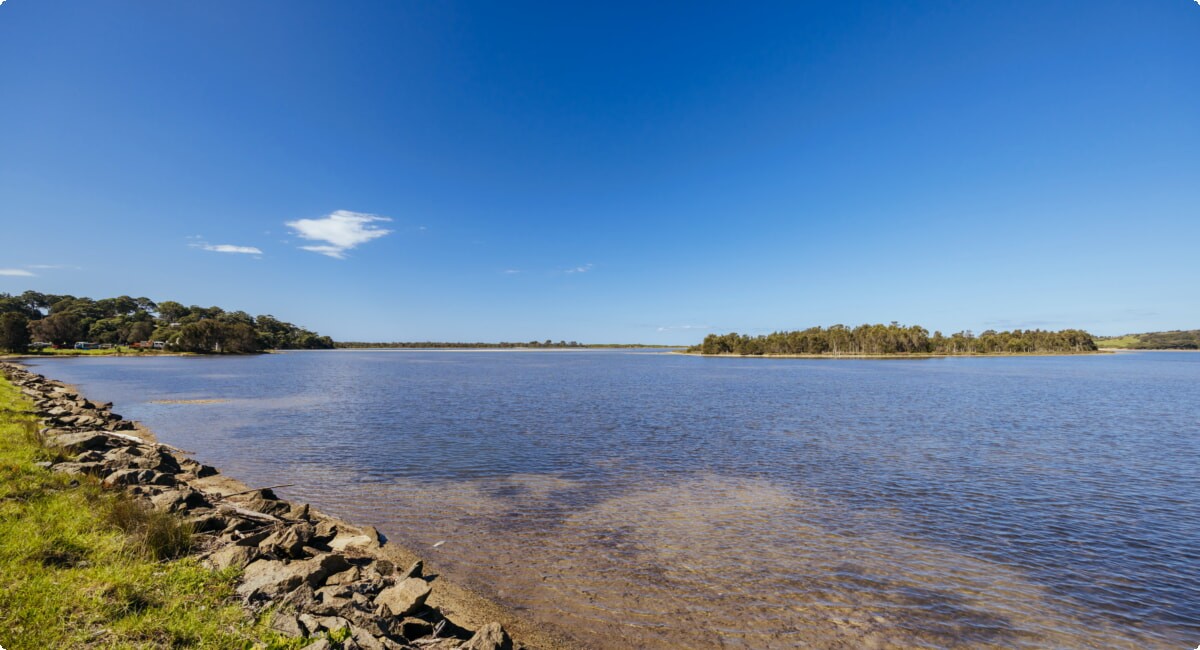Hiking the Overland Track: A Tasmanian Adventure

When I am standing at the trail entrance to the Overland Track, I get a feeling of excitement, my heart is racing. I take a deep breath of the fresh air in Tasmania and the wild mountains are the first thing I see while the path just stretches to infinity. This is not just an ordinary hiking trail but a trip in some parts of the most magnificent lands of Australia. I am ready to undergo a six-day journey that will push my body to the edge and revive my spirit. Greetings to the Overland Track, a 65-kilometer long adventure that passes through Cradle Mountain-Lake St. Clair National Park in Tasmania.
Preparing for the Journey
Before I set foot on the trail, I buckled down for weeks making sure that I am ready for this adventure. I researched in detail, got guidance from an online travel agency Australia and prepared all the necessary items. Overland Track is not a piece of cake that you can just stomp on; rather, it is a task to be well planned and equipped. To keep me warm and dry, I bought some weatherproof but lightweight clothes as well as some strong hiking boots. In addition, I carried an ample amount of food, which I can use to satiate my hunger during my journey. It is essential to be well-prepared, as the Tasmanian wilds are not to be joked about.
Day 1: Cradle Mountain to Waterfall Valley

The starting point of the road is at Ronny Creek, near the very popular Cradle Mountain. Within the first few steps on the boardwalk, you are likely to notice the flat button grassland and high eucalyptus trees near you. The pathway goes on a sharp incline, and so I come down to the entrance of the cradle hill. The looming hills of the tops, their sharp outlines like missing teeth against the blue sky are among the most eye-catching of all. The exhausting climb is over at the top of the Marion's Lookout, where I cannot help but be fascinated by the panoramic view of Dove Lake and the rest of the mountains. The day comes to an end in the Waterfall Valley Hut, where I let my tired legs rest and get ready for the coming days.
Day 2: Waterfall Valley to Windermere
During the hike, I see just a landscape that is even other than the one around it. I am crossing open moorlands covered with cushion plants and hardy alpines. Around Lake Will, the trail follows a path through forest where the lake's mirror-like surface reflects the sky above. While walking, a wombat is seen wandering through the bush, reminding me of the unique wildlife residing here. The Windermere Hut in the evening makes up for another good day.
Day 3: Windermere to Pelion

The trip goes on between changing landscapes. I cut my way through thick myrtle-beech rainforests, where the old trees are hanging with moss. The track then intersects with some large button grass pastures, which give you a clear view of the whole Forth Valley as well as the large Mount Oakleigh in the background. When I walk, I contemplate on the advice of the online travel agency Australia, who was very well updated on the conditions and facilities on the track and helped me get ready for the trip adequately.
Day 4: Pelion to Kia Ora
Today's challenge is the extremely steep slope of Mount Ossa, the tallest peak in Tasmania. It is an optional but exciting experience for most trekkers including me. The peak gives me the whole 360-degree perspective of the Tasmanian wilderness. Continuing my descent, I reach to Kia Ora Hut, feeling a hint of accomplishment and a great wonder of this untouched paradise.
Day 5: Kia Ora to Windy Ridge
The fifth day is a chance to visit some of the track's most beautiful waterfalls. D'Alton Falls, Fergusson Falls and Hartnett Falls are falling down from the steep cliffs, giving the sunlight a chance to spread some thin rainbows. The jam go of the surrounding rainforest is a big contrast to the alpine regions I passed through earlier in the trek. When I get to Windy Ridge Hut, I feel a combination of excitement and sadness, as I know that the next day will be my last on the track.
Day 6: Windy Ridge to Lake St Clair

The last day of the hike wanders me through the eucalyptus forests to the edge of Lake St Clair, which is the deepest natural freshwater lake in Australia. I step out of the woods and find myself looking at a large lake. A sense of achievement envelops me. I could either take a ferry across the lake or go around it by foot. I chose the latter because I didn't want to miss out on any of the extraordinary moments I had on this adventure.
Reflecting on the Experience
As I conquer Overland Track, I am filled with a manifest feeling of connectivity to nature and an overwhelming acknowledgement of Tasmania's wilderness beauty. This journey is not merely a physical contest; it is a trip to self-discovery and the opportunity to break free from the modern world. The alteration of terrains in the form of mountains to rainforests is without a doubt a display of a diverse Tasmania ecosystem.
I am thankful for the preparation and the accommodation of the online travel agency Australia, which ensured I was ready for the adventure. Their knowledge was a great help to me in navigating the intricacies in preparing for such a trek, from getting the necessary permissions to organizing transportation both to and from the track.
Conclusion
The Overland Track is a manifestation of the untouched and wild beauty of Tasmania. Travelers can go to this place, where they can see one of the last pure and natural environments on our planet. For anyone who looks up for an exceptional experience located on the mainland of Australia, this particular trek has no rival. As I look back on my journey, a sense of accomplishment grows in me along with the fascination of the natural wonders I have observed. The Overland Track is more than just a simple walk; it is a walk for a lifetime.